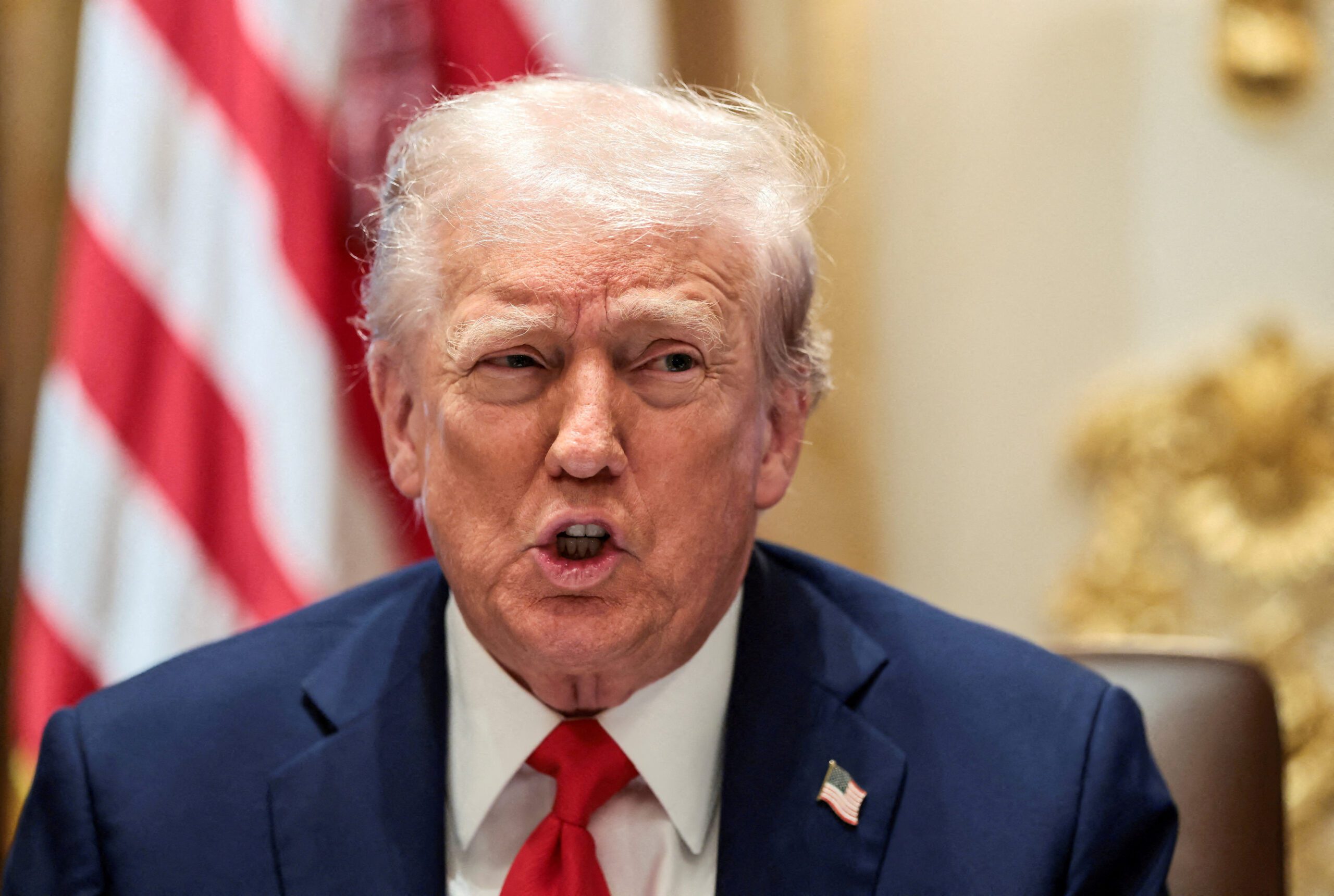By Barry Parker (gCaptain) –
When it comes to shipping market predictions, analysts crunching supply and demand numbers can sometimes, but not always, provide good insights into likely ups and downs. When you throw in geopolitics, “In the land of blind people, the one-eyed cyclops is the king” applies. However, with ocean freighting markets, it’s not always clear until well after the fact which analysts have good vision, and which ones are stumbling in the dark.
Most analysts opining on the happenings in the Red Sea are suggesting that we’ve seen the start of something on that they all agree. But where it goes is really anybody’s guess.
In mid January, after a rapid escalation in attacks on shipping (from watching the news, 27 vessel attacks seems to be the magic number), and an intense barrage of unsuccessful, fortunately, weapons launches from the Houthis earlier in the week, the U.S. and U.K. (leading a multination consortium) opened fire on southern Yemen. The circumstances are changing hour by hour, but here are some views from a day later.
John Kartsonis, the Managing Partner of New York-based Breakwave Advisors- which operates two investment vehicles: BDRY and BWET- funds that invest in “strips” of nearby (going out several months) freight futures contracts in drybulk and tankers, respectively, offered very practical observations on Friday (Jan 12th), the day after the U.S. and U.K. returned fire. He distinguished between impacts on container shipping- the most impacted sector since the Red Sea attacks began in mid November, 2023 (and ramped up in December), and the tanker and drybulk segments, saying: “Following last night’s military attacks, all ships are now advised to avoid the region. This is a new development. Although so far the great majority of containership traffic has rerouted their ships around Africa, tankers and dry bulk continued to pass through the Red Sea. Now traffic will be reduced for those vessels as well.”
Pointing to effective reductions in vessel supply, he said: “The increasing distance adds almost two weeks to the voyage and depending how long the disruption lasts will have a positive impact on shipping rates.” Looking ahead, and noting upward sentiment among traders in the tanker futures market, re opined that: “Containership rates have now doubled in the last two months. Tanker rates have had a more muted reaction, but it might be the case that they will react going forward given the new information.”
One of the most informative (and maybe prescient) discussions that I’ve heard was on a call organized by Evercore ISI, the equity research arm of capital markets advisor Evercore (whose Founders and Principals have lengthy ties with decision makers at the highest levels in Washington DC and elsewhere), just prior to Christmas, 2023. At that time, tankers had seen a minimal impact, as noted by Evercore ISI’s shipping analyst Jon Chappell.
On the call, the “Guest Expert”, Michael Rubin, Senior Fellow at the American Enterprise Institute, with a background serving at the Pentagon and consulting to the U.S. military “out in the field” (ie aboard U.S. Navy vessels stationed in the Mideast) laid out his views.
Taking a long term and high level look at the vessel attacks in the Red Sea, and bringing in his views on the underlying geopolitics behind the attacks in the Red Sea, Rubin said: “I would argue that we what have now, big picture, isn’t simply an artifact of the Israel/ Gaza conflict with the Houthis joining in…but this is also a direct result of the announcement on Sept 9th, at the G20, for the India/ Middle East Economic Corridor, which explicitly bypassed Iran.”
He described the motivations of Iran (backing the Houthis economically and with weapons) as being along the lines of “If you don’t work through us and our North South Corridor…we will make sure that no shipping is safe between India- South Asia to the Red Sea and Europe.” This view suggests that we may be in for a long “voyage”, in many ways.

 Join The Club
Join The Club










